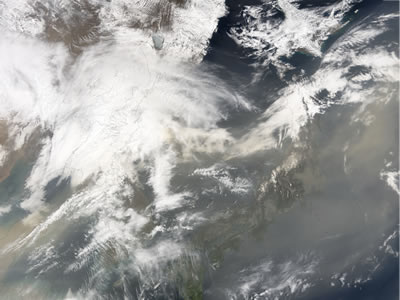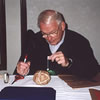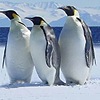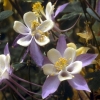This satellite image shows both dust and clouds in the atmosphere above Japan on April 18, 2006. The dust traveled to Japan from the Gobi Desert.
Click on image for full size
Image Courtesy of NASA's Earth Observatory
Aerosols and Cloud Formation
In order for clouds to form, water droplets in the atmosphere need a surface to condense upon. There are millions of tiny particles floating in the air that can provide this surface, and these particles are called aerosols. They are 100 times thinner than a human hair! Aerosols come from soil, dust, sea salt, or air pollution from cars, power plants, and factories.
The number of particles that are in the atmosphere affect the number of cloud particles that can form. If there is a high number of aerosols in the atmosphere, then a high number of cloud droplets can form. These cloud droplets will also be smaller because the water is divided between more cloud droplets. When this happens, the clouds usually do not produce precipitation.
Different types of clouds and the amount of clouds in the atmosphere may have different impacts on climate. Scientists are still exploring these topics.
You might also be interested in:
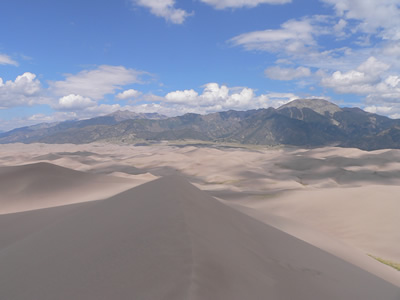
A cloud is composed of tiny water droplets or ice crystals. A series of things have to happen in order for these water droplets or ice crystals to form into clouds in the atmosphere, and different types
...more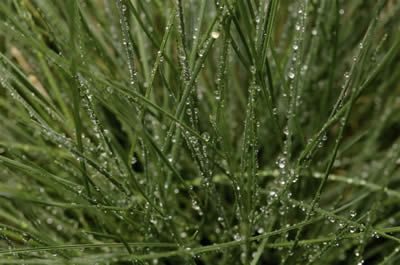
Condensation is when water changes its state from a vapor or gas to a liquid. Condensation is responsible for the formation of clouds. Common examples of condensation are: dew forming on grass in the early
...more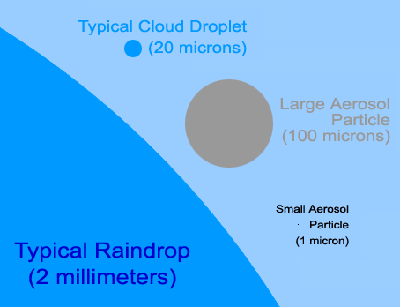
When you look up at the sky, you are looking at more than just air. There are also billions of tiny bits of solid and liquid floating in the air. These tiny particles are called aerosols or particulates.
...more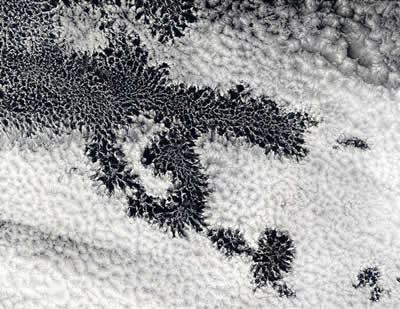
Stratocumulus clouds can be found over the ocean in the Southeast Pacific region. These clouds sometimes contain open areas in the clouds that scientists call "pockets of open cells," or POCs.
...more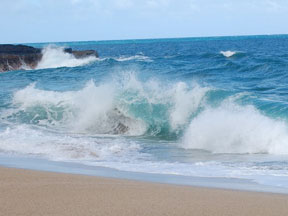
Have you ever been to the ocean? If so, you know that ocean water has salt in it. But did you know that air has salt in it, too? Many types of tiny particles float around in the air. Scientists call these
...more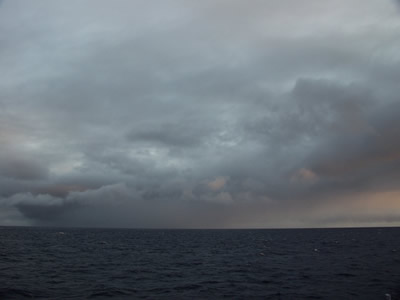
The Southeast Pacific region contains the world's largest set of stratocumulus clouds. These clouds extend for almost 2,000 kilometers (1,243 miles) off the west coast of South America from central Chile
...more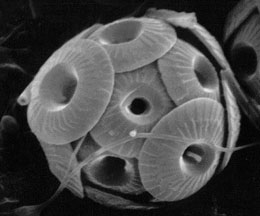
Aerosols are tiny particles that float around in the air. Some are tiny drops of liquid. Others are solid. They are all very, very small. Some aerosols come from the ocean. Small particles of sea salt
...more


